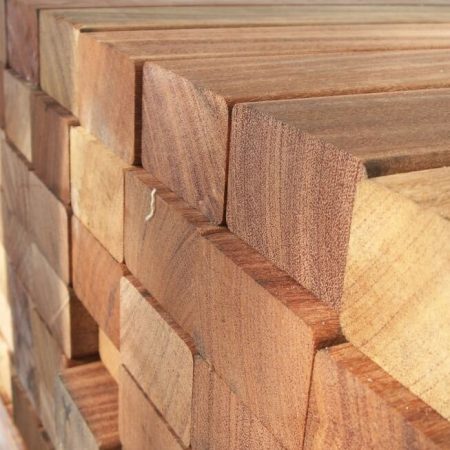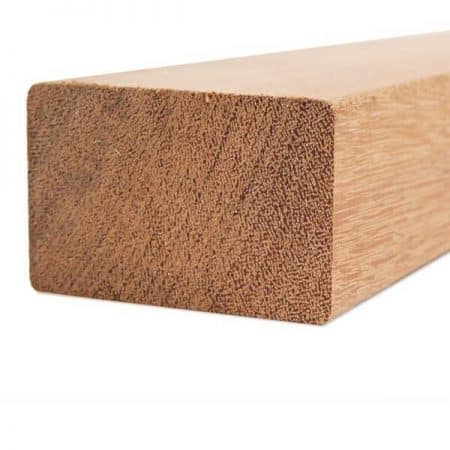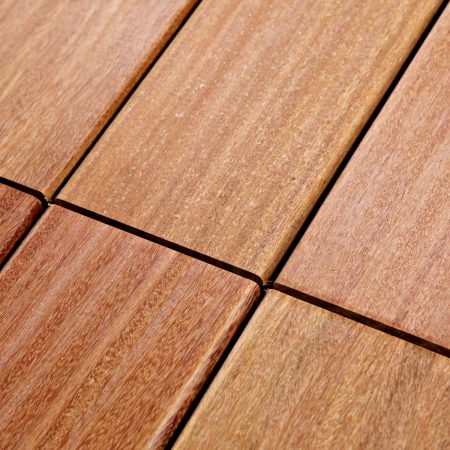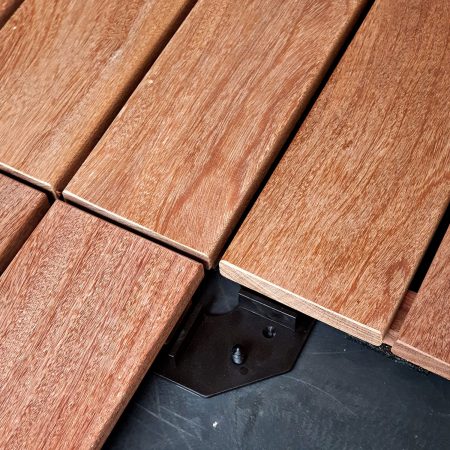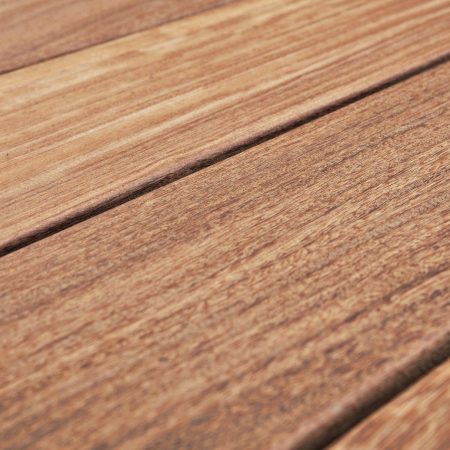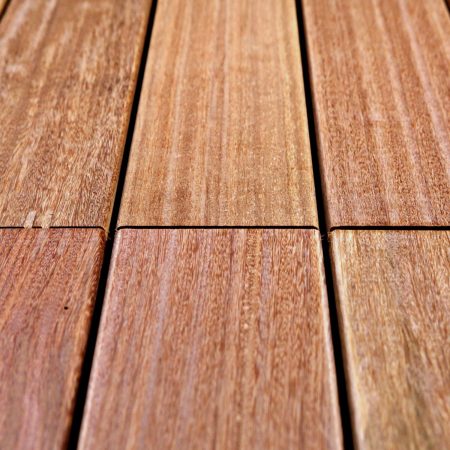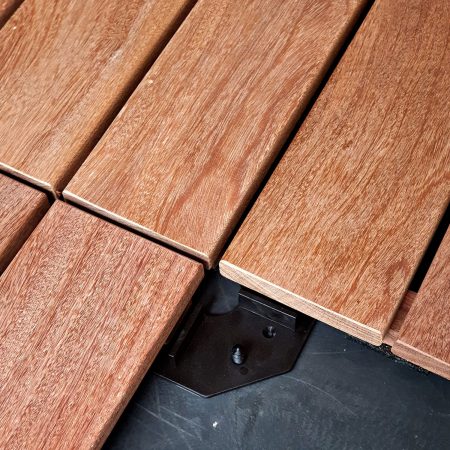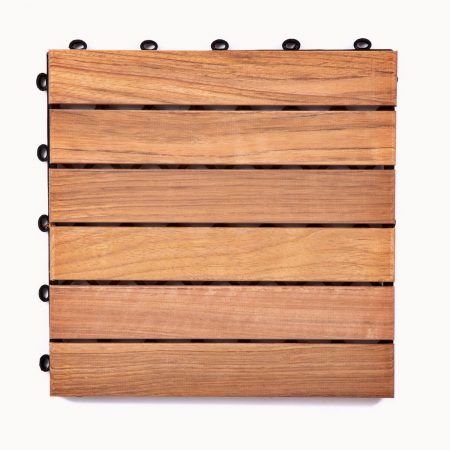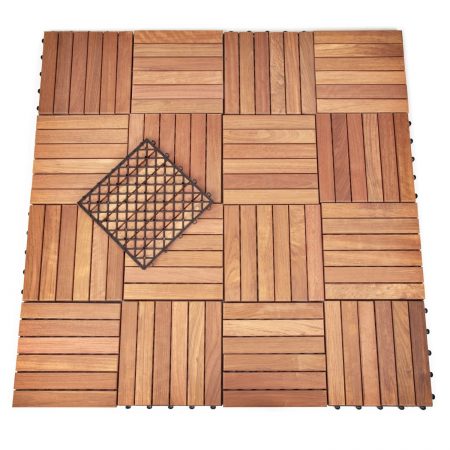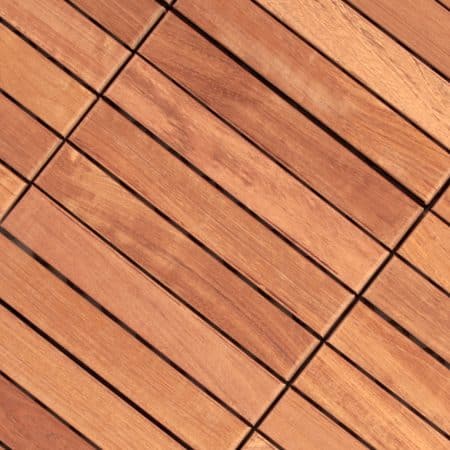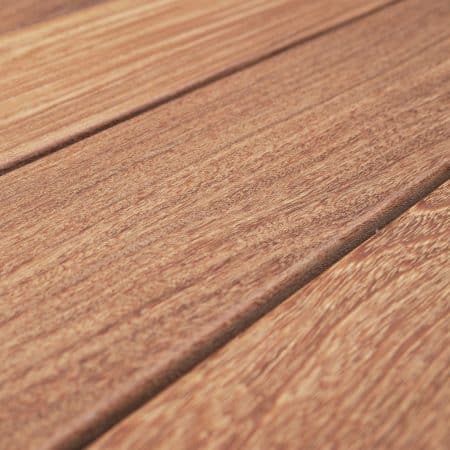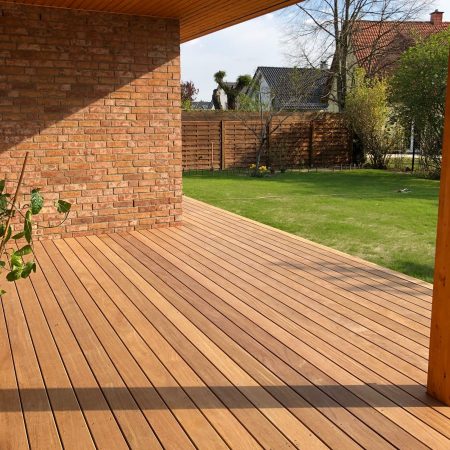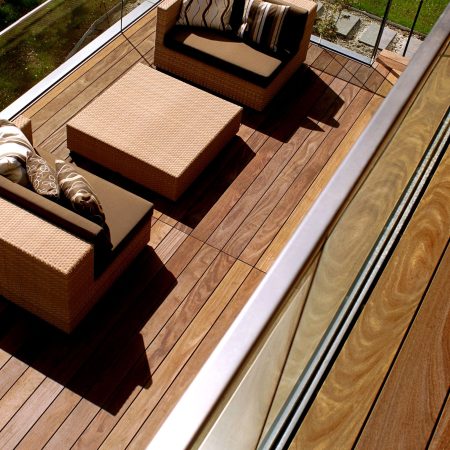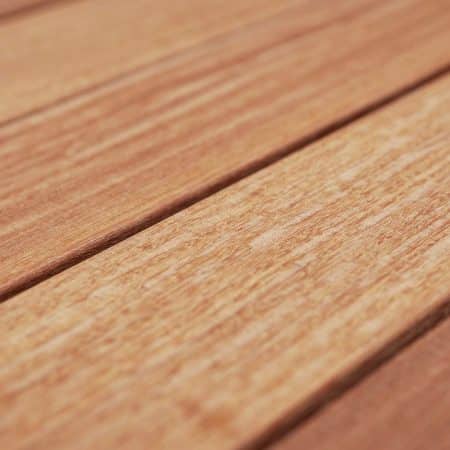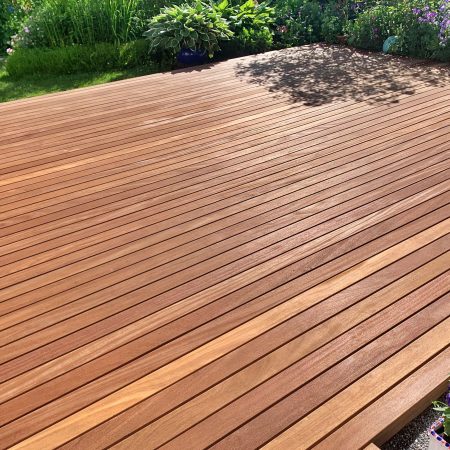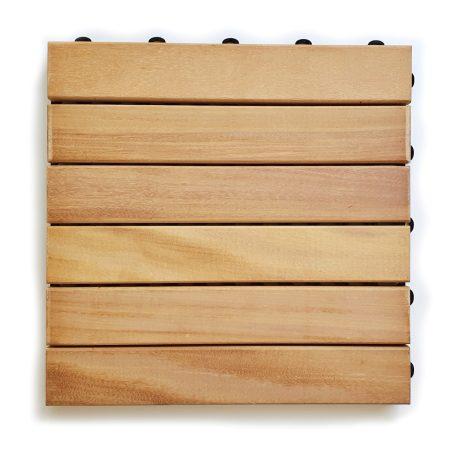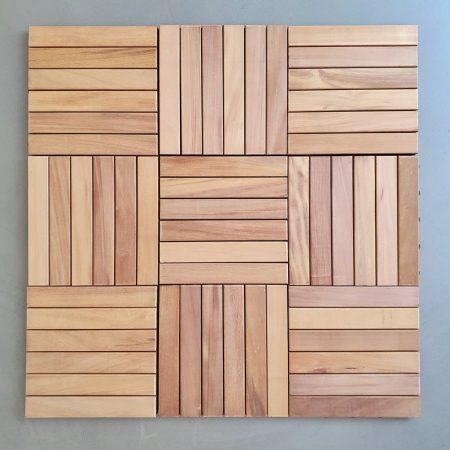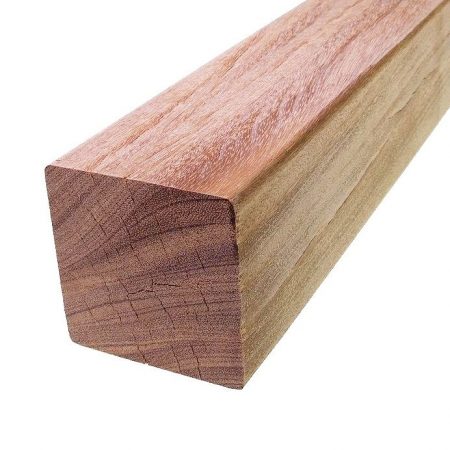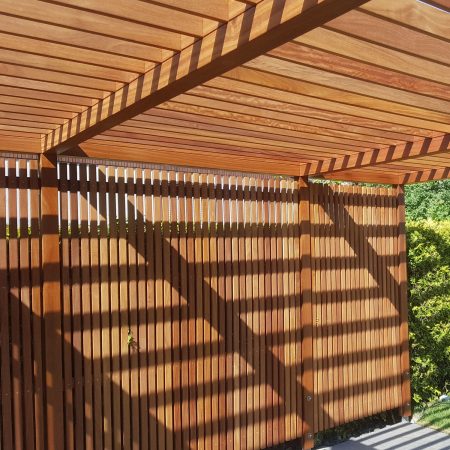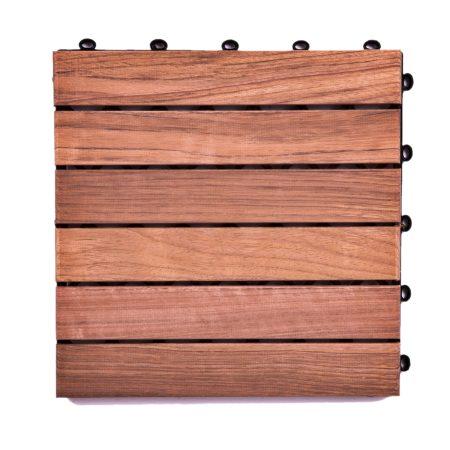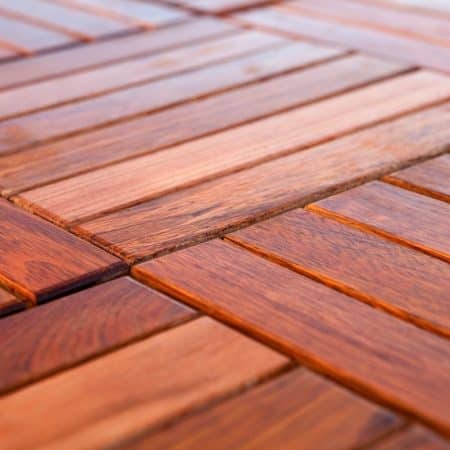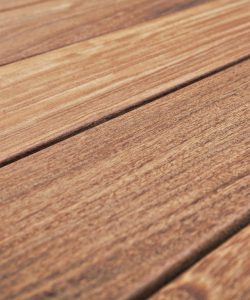
Betterwood " Environment " Origin »Peru
The wood from Peru
Our Peruvian woods come from certified forests in the Madre de Dios region. In addition to sustainable primary forest management, transport to Lima is one of the biggest challenges. The path leads over steep Andean passes and is often impassable in autumn due to the heavy rains of the El Niño weather anomaly.
The forest
The forests of our Peruvian decking and wood tiles are called "Madre de Dios" - in English "Mother of God". The wood from this Amazon region is characterized by its particular hardness and resilience.
However, only a fraction of the wood harvested in Madre de Dios comes from sustainable forestry. Responsible management of primary forests is significantly more complex, expensive and strictly regulated than non-certified management.
We are therefore particularly careful with our Peruvian wood. Only when independent controls by non-governmental organizations certify the sustainability of the forest and its management do we have it transported to the sawmill near Lima.
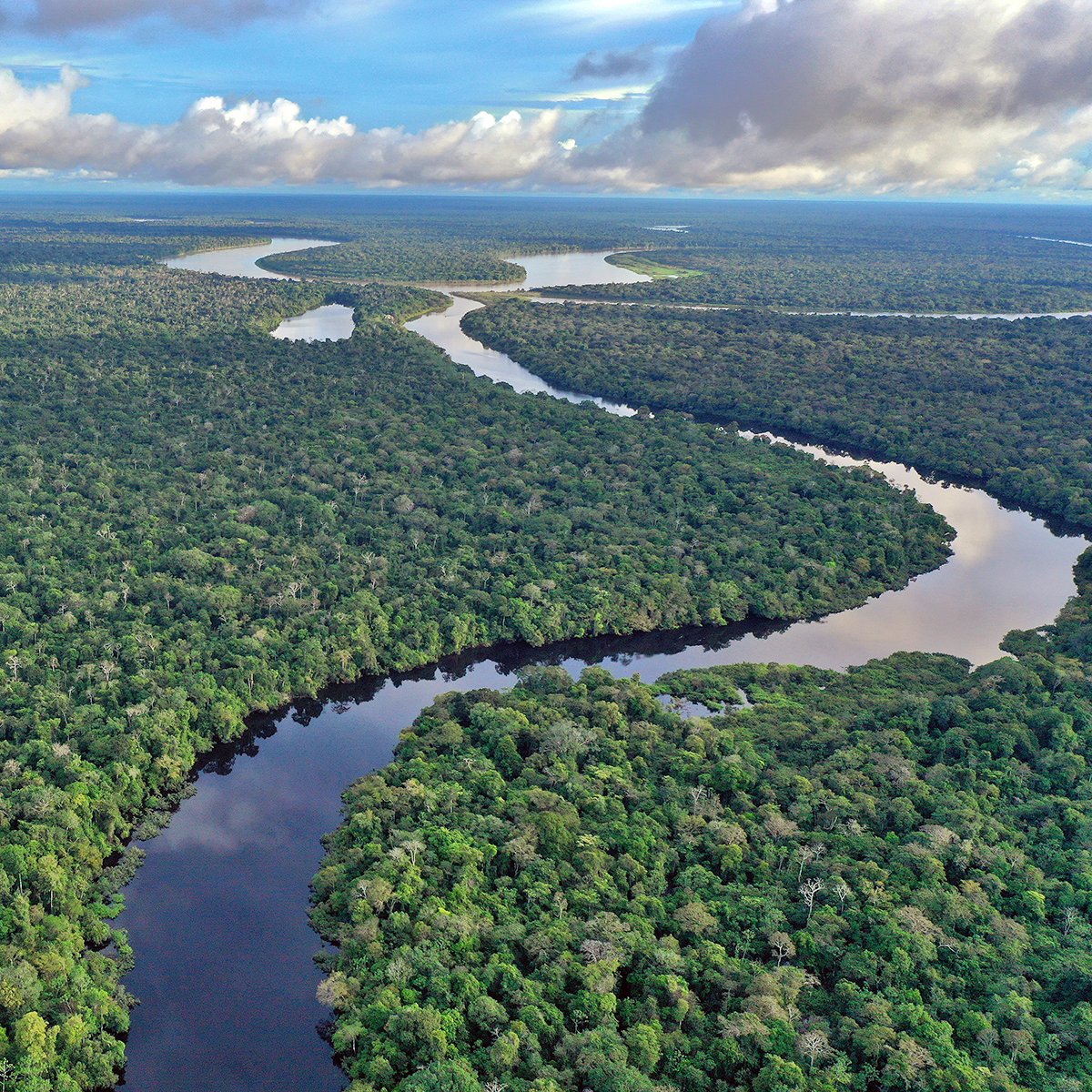
Amazon rainforest in Peru
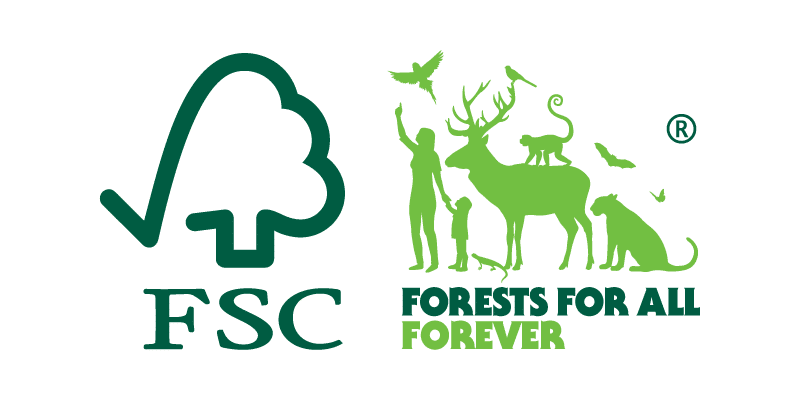
The Certificate & The Certifiers
We only import wood from Peru that has been certified by the FSC®®. This ensures responsible forest management and sets an example against illegal manure.
- The certificate from Forest Stewardship Council (FSC®®) sets the strictest international standards for responsible forest management.
- The certification organization NEPCon monitors forests and sawmills for compliance with sustainable principles.
- The Global Forest & Trade Network the WWF supports forest owners and sawmills in converting to sustainable forest management and production.
- The European Sustainable Tropical Timber Coalition promotes the marketing of sustainably produced tropical wood in Europe.
The city
The logs are transported over the Andes Pass to a suburb of Lima, where they are processed into wooden tiles and decking.
Lima is the capital of the Andean country of Peru and also its economic center. Half of the national economic output is generated here. The city has experienced rapid population growth in recent years. In 1950 less than a million people lived in the city - today there are over 8 million in the metropolitan area, which has also incorporated the important port city of Callao in recent years.
The wood is shipped from Callao towards Europe.

The port district of Callao in Lima, Peru
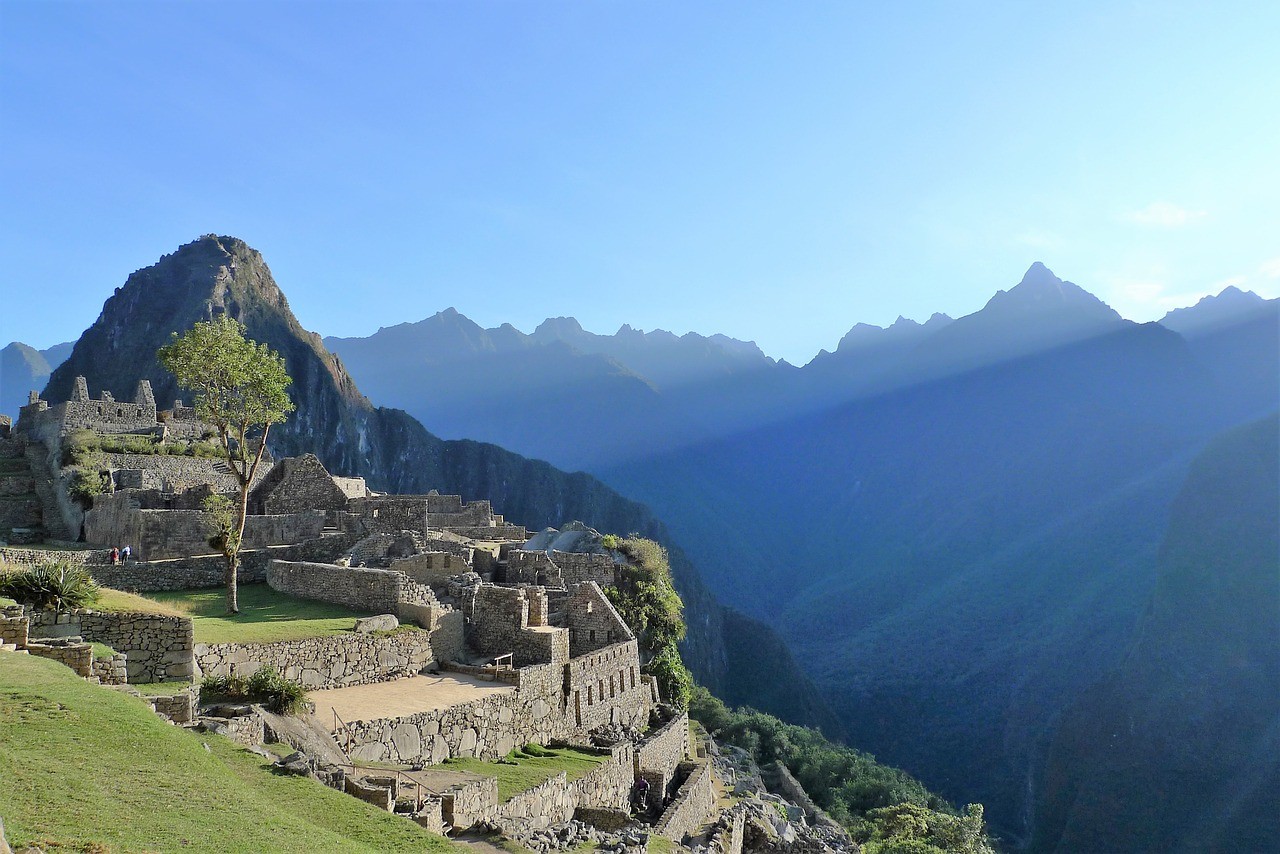
Machu Picchu in the Peruvian Andes
The country
Peru is located in northwestern South America. The headwaters of the Amazon have their source in the Peruvian Andes. They flow westwards from here and flow into the Atlantic. They also cross the Selva, the tropical mountain and rain forest from which our wood comes.
Peru has enshrined the diversity of its ecosystems as a national heritage in its 1993 constitution. After all, 74 protected areas cover almost 15% of its land area. In addition to fishing, mining is one of the most important economic sectors. The rain forest was affected by the massive exploitation of the rich ore, gas and oil deposits.
The way of the wood
Forests of Madre de Dios
In the forests of Madre de Dios, our partner operates sustainable forestry. For example, no more than an average of 1 tree per hectare is felled and the harvest cycle is at least 20 years.

Sawmill in Lima
The felled trees are transported by barge, loaded onto trucks and taken across the Andes. In the sawmill, the logs are sawn into lumber, dried in the drying chamber for weeks, then planed and processed into wooden tiles or decking.

Container Ship
The 40-foot container with 1.000 square meters of decking or 15.000 wooden tiles is shipped from Callao. The decking boards travel across the Pacific through the Panama Canal and into the Atlantic by container ship. The crossing to Rotterdam takes about 3 weeks.

Our warehouse
A barge or truck transports the container to our warehouse in Drolshagen in the Sauerland.
The carbon footprint
The container with 1.000 square meters of decking boards from Peru has a length of approx. 13.055 kilometers covered. 2.024 kilograms of Co2 were emitted proportionately by container ship, barge and truck on the way. These Co2 emissions are compensated by a Reforestation project in Indonesia compensated again.
Our wood from Peru
ab 9,72 €
ab 183,02 € m²
ab 188,11 € m²
ab 177,94 € m²
6,61 €
Cumaru wood tiles, FSC 100%
Price: €72 per m2, resistance class: 1
Advantages: ✓ best durability ✓ particularly robust and scratch-resistant
Disadvantages: ✗ partly rough surface
Tip:Sand tiles after initial exposure to weather.
0,00 €
ab 8,89 €
Cumaru decking, FSC 100%
Price from: €70 per m2, resistance class: 1
Advantages: ✓ best durability ✓ particularly robust and scratch-resistant
Disadvantages: ✗ partly rough surface ✗ high power development
Tip: Sand the floorboards after they have been exposed to the weather for the first time.
ab 11,69 €
Cumaru decking, FSC 100%
Price from: €70 per m2, resistance class: 1
Advantages: ✓ best durability ✓ particularly robust and scratch-resistant
Disadvantages: ✗ partly rough surface ✗ high power development
Tip: Sand the floorboards after they have been exposed to the weather for the first time.
ab 6,21 €
Cumaru decking, FSC 100%
Price from: €70 per m2, resistance class: 1
Advantages: ✓ best durability ✓ particularly robust and scratch-resistant
Disadvantages: ✗ partly rough surface ✗ high power development
Tip: Sand the floorboards after they have been exposed to the weather for the first time.
6,61 €
Garapa wood tiles, FSC 100%
Price: €72 per m2, resistance class: 1-2
Advantages: ✓ smooth surface ✓ homogeneous, light color
Disadvantages: ✗ Ferrous substances lead to discolouration
Tip: Patio cleaning removes discoloration
ab 24,36 €
6,61 €
Jatoba wood tiles, FSC 100%
Price from: €72 per m2, resistance class: 1-2
Advantages: ✓ smooth surface ✓ strong color and grain
Disadvantages:✗ unoiled tendency to crack ✗ colored ingredients wash out
Tip:Clean and oil tiles after installation.



